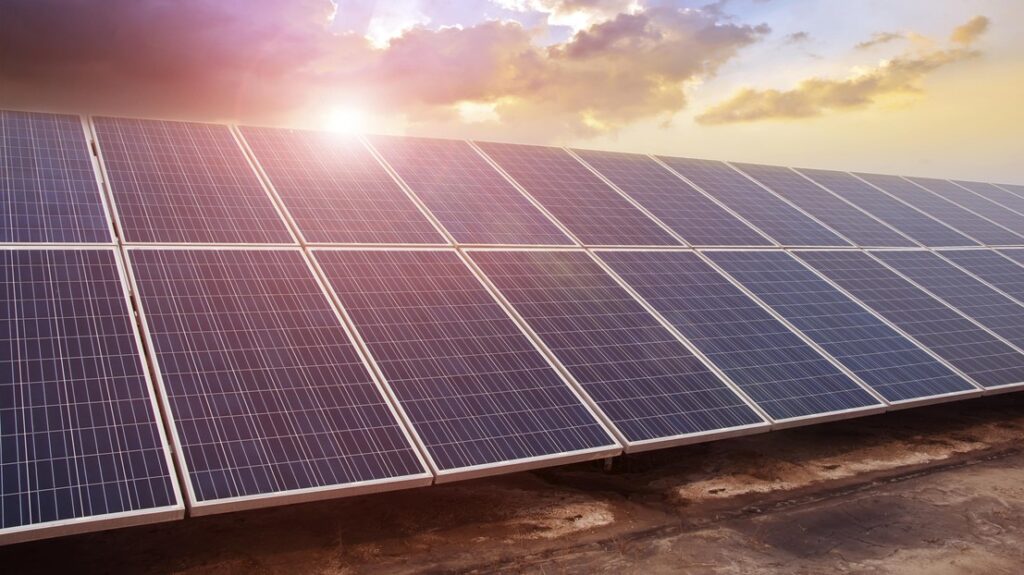Solar cells, also known as photovoltaic cells, are devices that convert light energy directly into electrical energy through the photovoltaic effect.
- Efficiency: Efficiency refers to the percentage of sunlight that the solar cell can convert into electricity. Higher efficiency implies that more sunlight is converted into usable electrical power.
- Open-circuit voltage (Voc): The open-circuit voltage is the maximum voltage available from a solar cell when it is not connected to any external circuit. It represents the maximum potential difference that can be achieved across the terminals of the solar cell.
- Short-circuit current (Isc): The short-circuit current is the current that flows through the solar cell when the terminals are short-circuited, i.e., connected directly without any load. It represents the maximum current that the solar cell can deliver.
- Fill factor (FF): The fill factor is a parameter that represents how well a solar cell can utilize the available area to convert light into electricity. It is the ratio of the maximum power from the solar cell to the product of Voc and Isc.
- Power output: The power output of a solar cell is a crucial characteristic that determines the amount of electrical power the cell can generate under specific operating conditions.
- Temperature coefficient: The temperature coefficient indicates how the performance of the solar cell is affected by changes in temperature. It helps in understanding the variation in the electrical output of the solar cell with temperature changes.
- Spectral sensitivity: The spectral sensitivity of a solar cell refers to its responsiveness to different wavelengths of light. Some solar cells may be more sensitive to certain wavelengths of light than others, affecting their overall performance under different lighting conditions.
- Durability: The durability of a solar cell is essential for its long-term performance. Factors such as resistance to environmental conditions, mechanical stress, and degradation over time are crucial in determining the overall lifespan of the solar cell.
Understanding these basic characteristics is important in evaluating the performance and suitability of solar cells for various applications, whether for residential, commercial, or industrial purposes. Advancements in solar cell technology continue to focus on improving these characteristics to enhance overall efficiency and cost-effectiveness.


